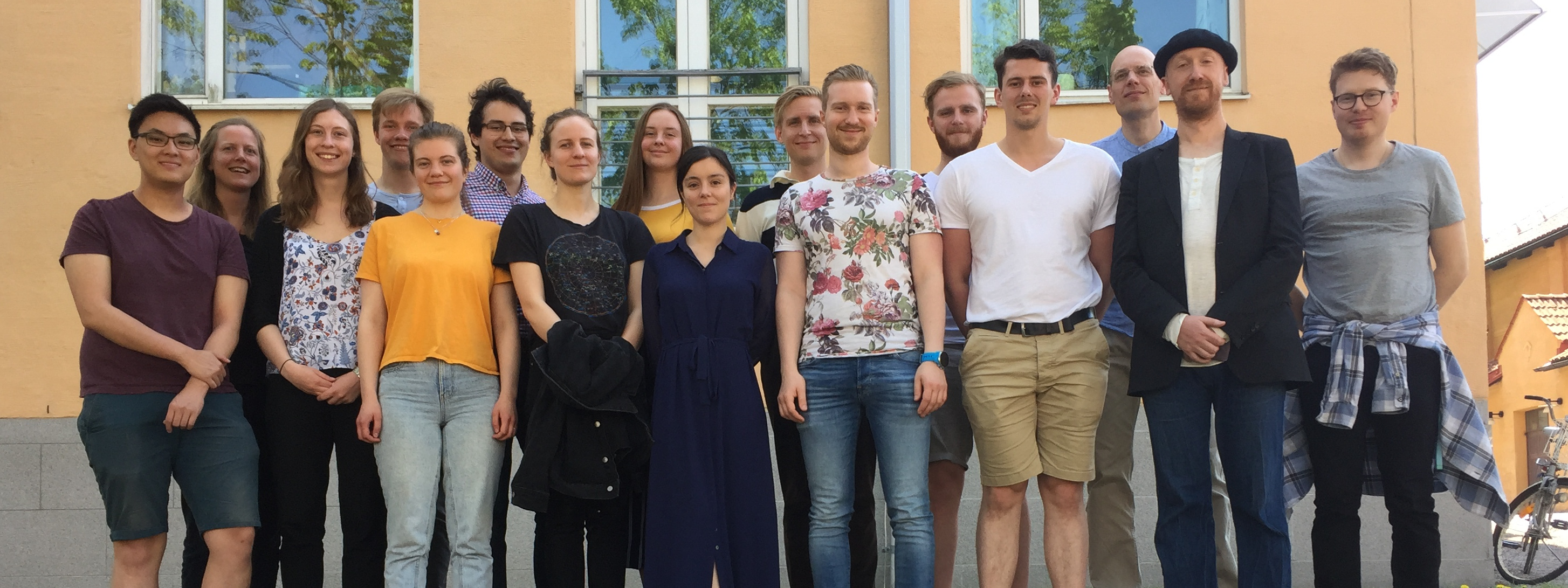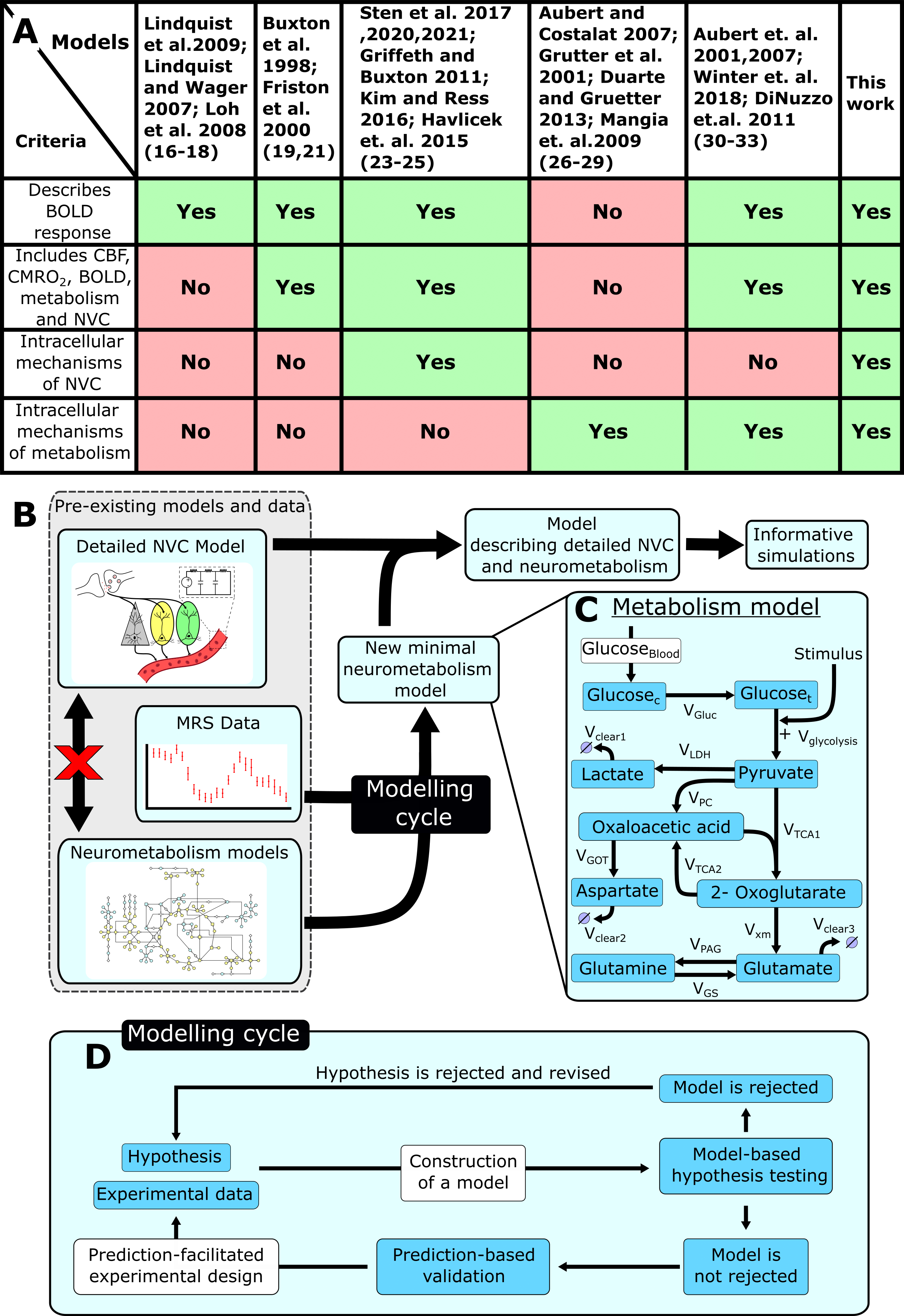Welcome to MBM 2023!
We are pleased to invite you to our fourth Workshop on Modelling in Biology and Medicine (MBM 2023) on the 15-17th of May. We aim to gather all young researchers in Sweden working on modelling of biological systems. Our ambition is to give all participating PhD students and Postdocs the opportunity to present their work through an oral presentation or a poster. Further, we wish to provide an insight into how modelling in biology and medicine is practiced in academia and industry.
The workshop will be held in both plenary presentation sessions for larger talks as well as in smaller sessions for e.g. poster presentations. You can participate at MBM 2023 by
- giving a plenary talk,
- presenting a poster
- or simply as an observer
The workshop will be in-person at Linköping University, Campus US.
When: 15-17th of May 2023
Where: Linköping
Why: Bringing together young researchers in Sweden working on the border of mathematics, biology, and medicine
How: Oral presentation, poster, or as an observer
Abstract submission: https://forms.gle/jHNrg1QM6bGQhmx9A, deadline 14th of April
Register: Registration will open soon
More information: https://mbm.systemsbiology.se/






